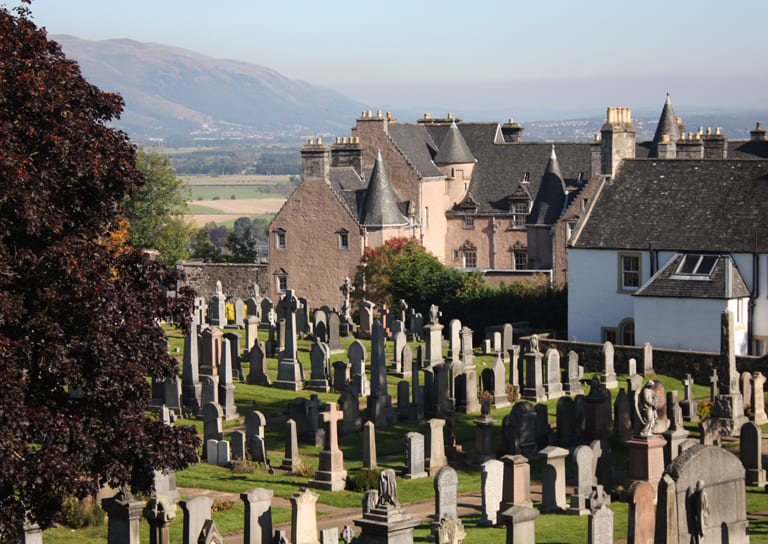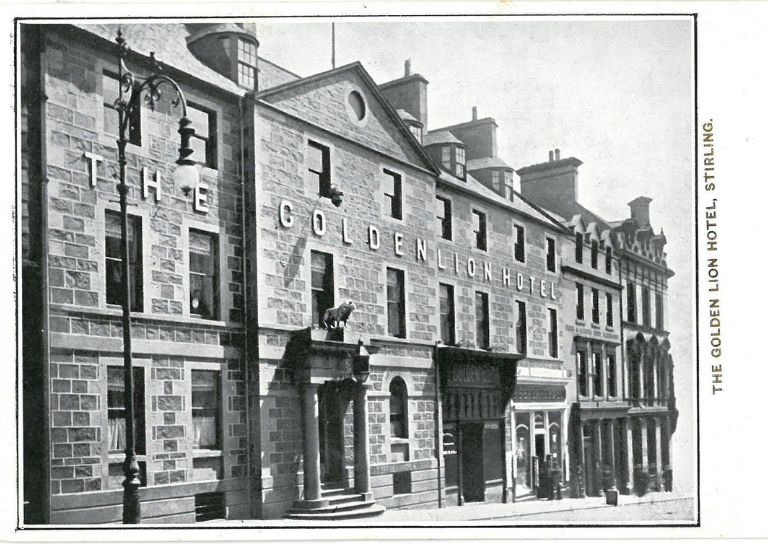- Home
- Our Work

- Stirling's Story

- Blog
- Beechwood House and the Transatlantic Slave Trade

- New Retrofit Service now available for Traditional Buildings Health Check Members

- Retrofitting Traditional Buildings: Chimneys

- SCHT 20: Championing Women in Construction
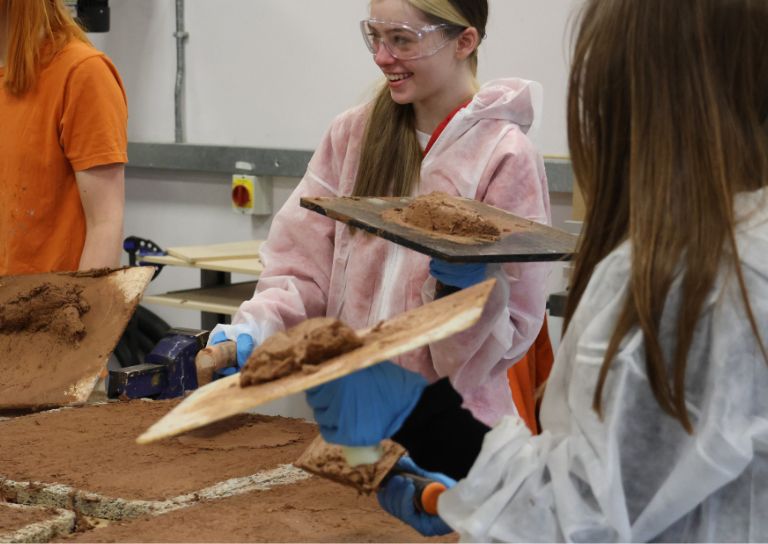
- Stirling's Lost Swimming Pools
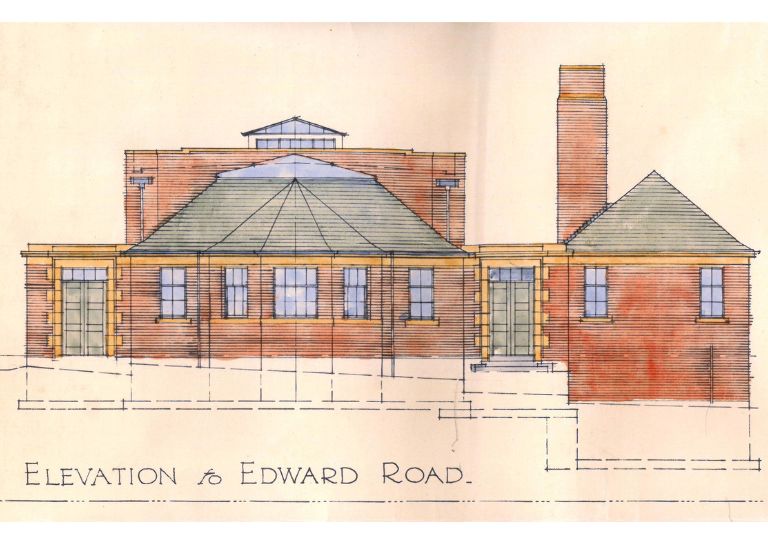
- Women in Construction at Bannockburn House
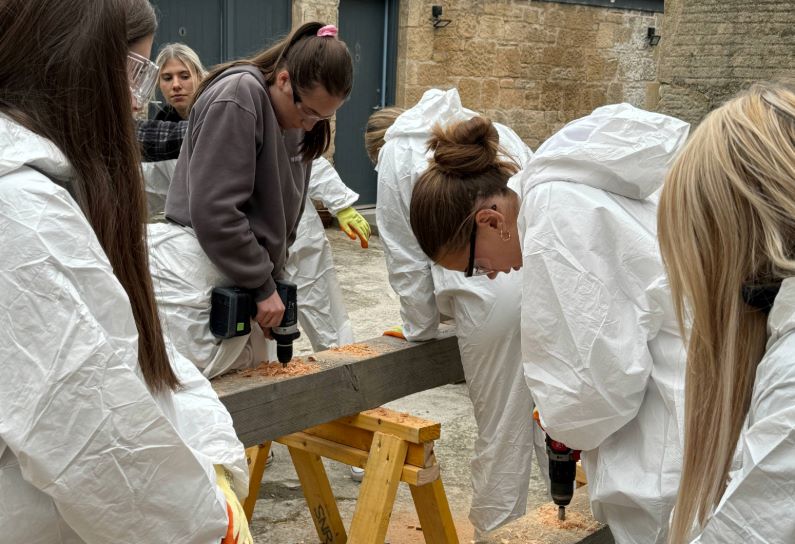
- Avenues to the Past: Stirling’s Historic Streets Exhibition

- Retrofitting Traditional Buildings

- Retrofitting Traditional Buildings: Windows

- Statement on Langgarth House

- Guest Blog: Dementia Friendly Heritage Interpretation

- SCHT Grant Conditions: Owners Associations
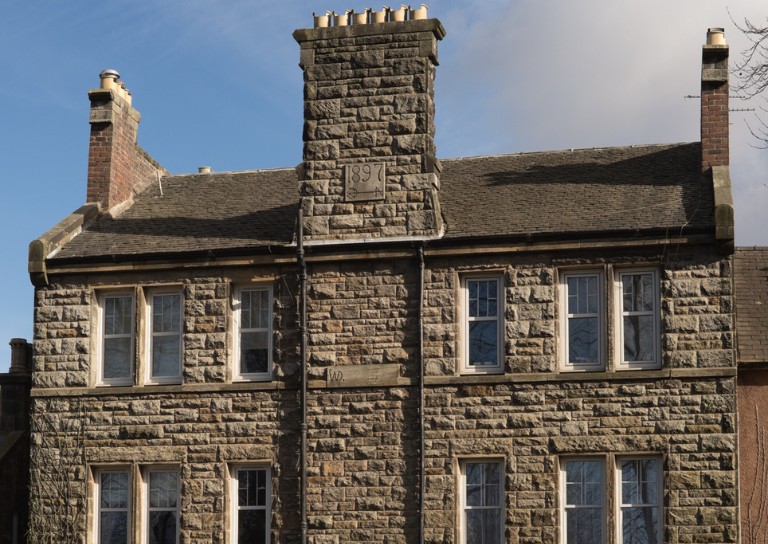
- Stirling Business Awards 2025

- What is a Conservation Area
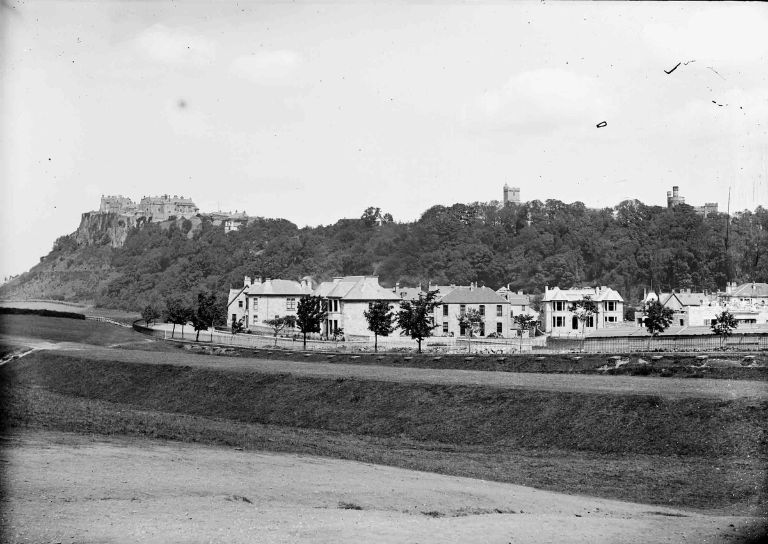
- 20 Great Buildings of Stirling

- Building Resilience: Maintaining Traditional Buildings

- Architects and The Thistle Property Trust

- World Heritage Day: Exploring Hayford Mill

- Community Consultation launched for Stirling’s Heritage Strategy
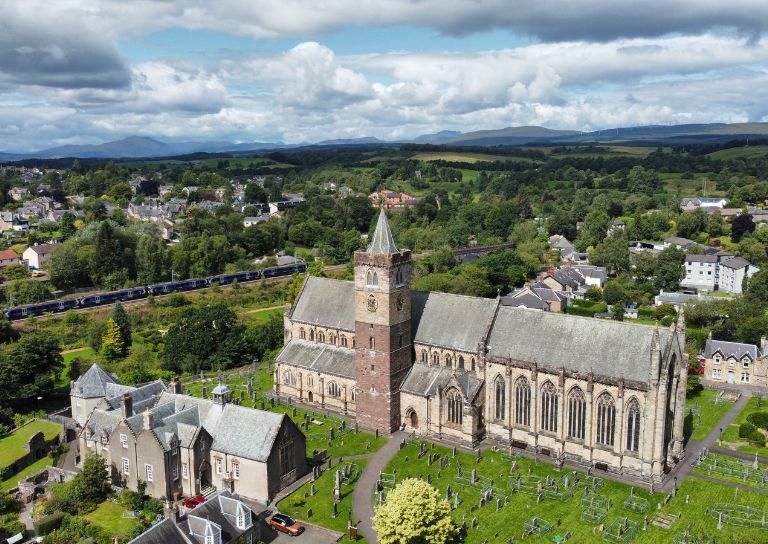
- SVE Inspire Awards September 2024

- Reminiscence Art Project
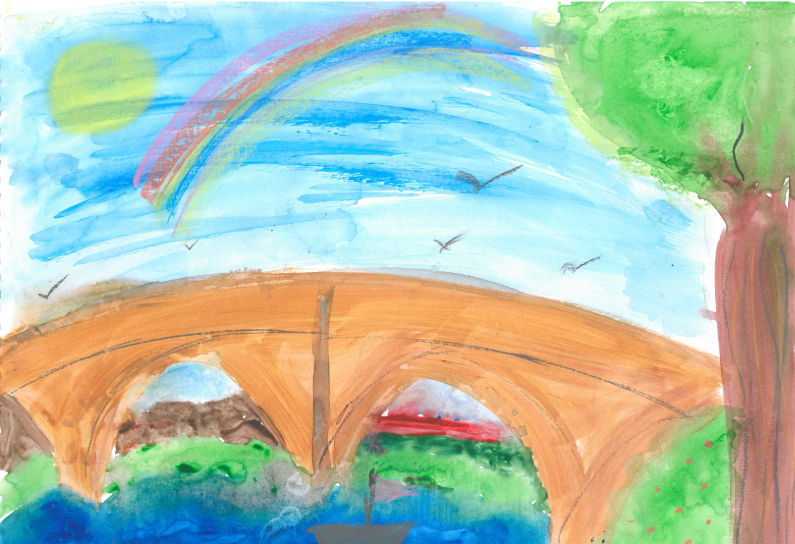
- On the European Stage: Preserving by Maintaining conference, Bratislava
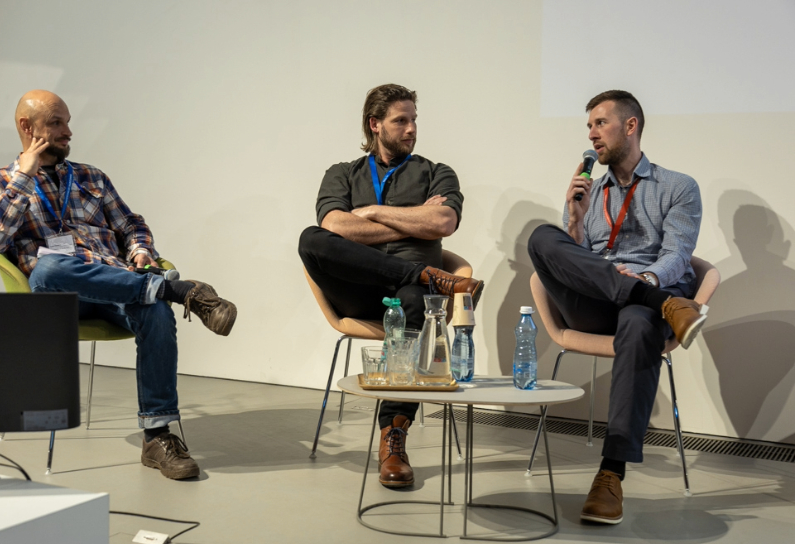
- The Abolition Movement in Stirling

- Shopping Arcades

- Retrofitting Traditional Buildings: Insulation

- Retrofitting Traditional Buildings: Climatic Adaptation
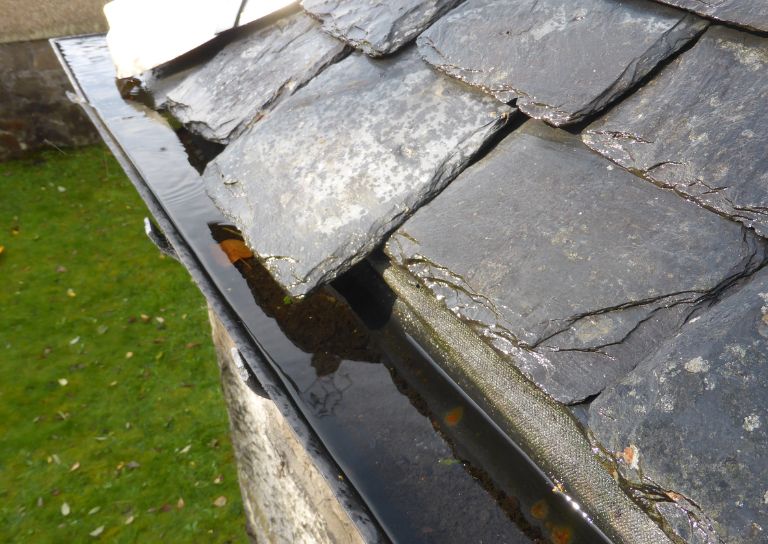
- Kings, Wolves and Drones: 20 years of care and repair at Stirling City Heritage Trust

- Practical Workshop on Retrofitting Insulation with A. Proctor Group
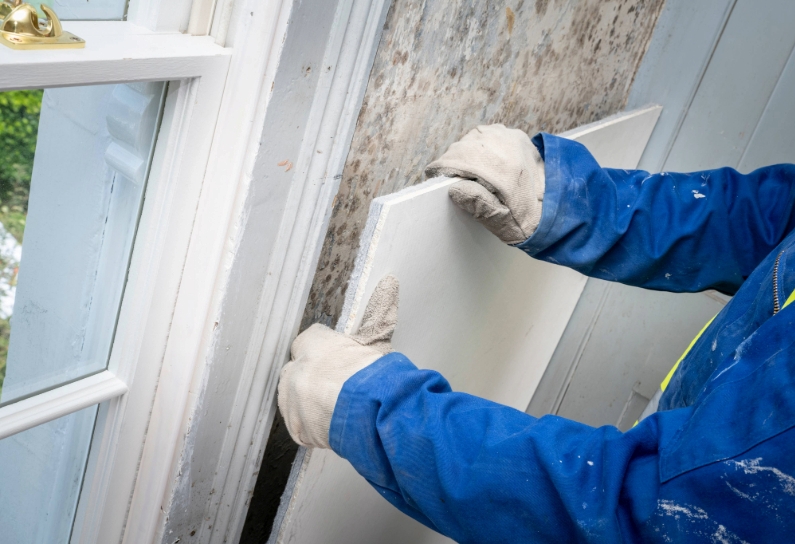
- Marking the 80th anniversary of VE Day
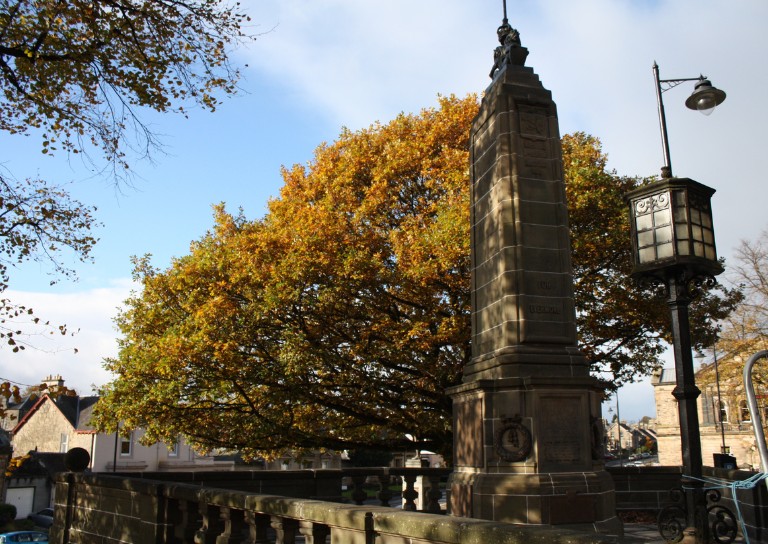
- Walker Family Visit

- Retrofitting Traditional Buildings: Fabric First

- Supporting traditional building repair in Stirling
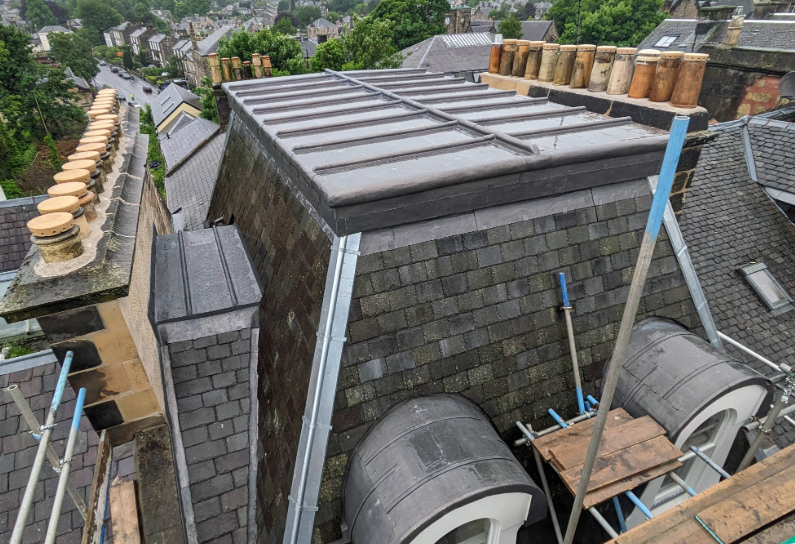
- Stirling's Historic Jails
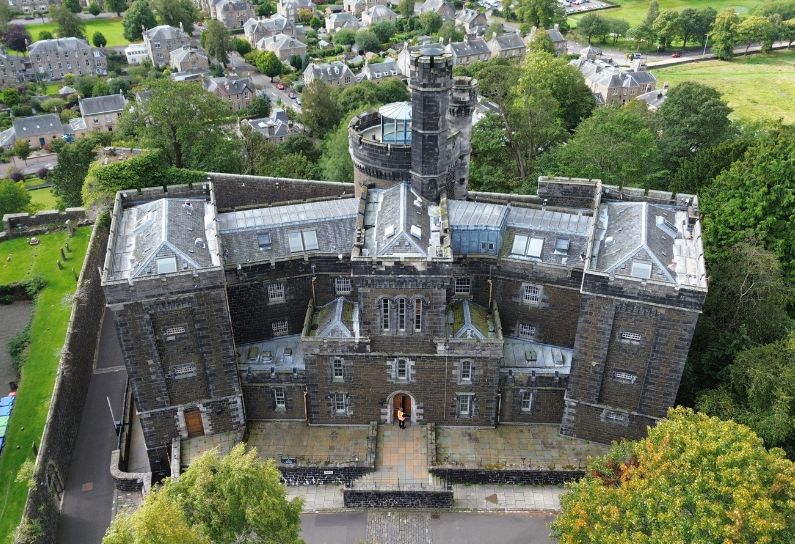
- Ghost Tales from Stirling

- Stirling Reminiscence Box

- Stirling City Heritage Trust at 20

- Retrofit Event: Meet the Suppliers

- Snowdon House and The West Indies

- Miss Curror and the Thistle Property Trust

- Dr Lindsay Lennie retires from Stirling City Heritage Trust
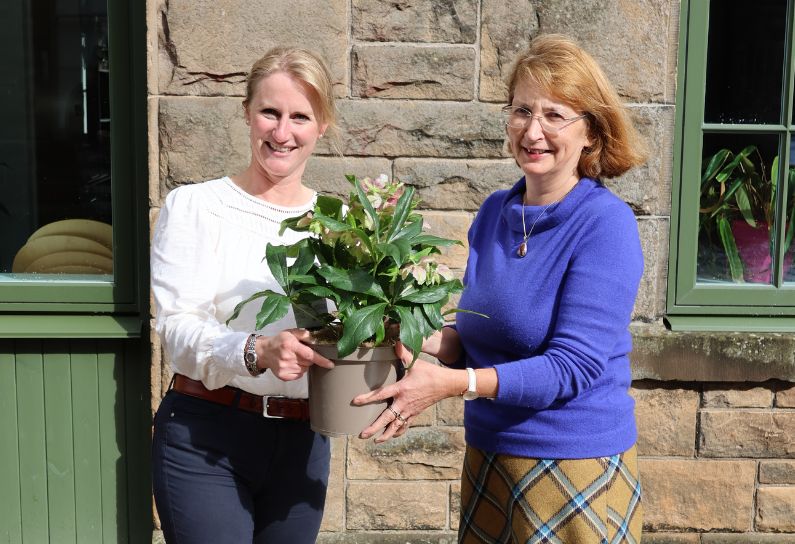
- Stirling’s Streetscape Stories: Photography Workshop

- Level 3 Award in Energy Efficiency for Older and Traditional Buildings Retrofit Course (2 Day)

- Stirlingshire’s Highland Games

- Creative careers in the heritage sector

- Postcards From Stirling

- Stirling’s Gala Days

- Building Surveying Student Intern at Stirling City Heritage Trust

- Heritage Trail: Stirling Walks

- Local History Resources

- Stirling Through the Decades

- Stirling’s STEM Pioneers

- Traditional Skills: Signwriting

- Christian MacLagan, a pioneering lady, but born too soon?

- Traditional Shopfronts in Stirling

- Stirling History Books for World Book Day

- My Favourite John Allan Building by Joe Hall

- My Favourite John Allan Building by Lindsay Lennie

- My Favourite John Allan Building by Andy McEwan

- My Favourite John Allan Building by Pam McNicol

- Celebrating John Allan: A Man of Original Ideas

- The Tale of the Stirling Wolf

- Stirling: city of culture

- Christmases Past in Stirling

- Stirling’s Historic Graveyards

- Top 10 Tips for Architectural Photography

- An Interview with David Galletly

- Springtime in Stirling

- The Kings Knot – a history

- A Future in Traditional Skills

- Robert Burns’ First Trip to Stirling

- Stirling’s Witches

- Stirling’s Ancient Wells

- An architecture student’s take on the City Of Stirling

- Ronald Walker: Stirling’s Architect

- Stirling’s Statues

- Stirling’s Wee Bungalow Shops

- Stirling’s Historic Hospitals

- Women in Digital Innovation and Construction

- Heritage at home: 8 of the best online heritage resources

- Stirling featured at virtual heritage conference

- Five of Stirling’s greatest John Allan buildings

- Women in Construction – Stirling event report

- Scotland’s trailblazing women architects

- Stirling’s Heritage: Spotlight on The Granary

- TBHC Scheme now open to properties in Dunblane and Blairlogie

- How drones help us inspect traditional buildings

- Hazardous Masonry & Masonry Falls

- Mason Bees: What’s the Buzz?

- Stirling Traditional Skills Demonstration Day Success!

- Floating Head Sculpture at Garden Glasgow Festival 1988

- The story behind Paisley Abbey’s Alien gargoyle

- Cambuskenneth Abbey

- Stirling City Heritage Trust Publications

- Sharing Memories: Taking '20 Great Buildings of Stirling' into the community

- William Wallace Statues In Stirling

- Coronations and Royal Christenings in Stirling

- The development of King's Park

- Energy efficiency project awarded grant from Shared Prosperity Fund

- Inspiring the Future: Stirling City Heritage Trust's Women in Construction Event at Wallace High

- Doors Open Days Talk: Who Built Stirling?

- 10 Years of the Traditional Buildings Health Check

- Growing up in Stirling: A Night of Reminiscence at The Smith

- SCHT visit to Brucefield Estate, Forestmill, Clackmannanshire

- Statement on Christie Clock

- Stirling’s Lost Skating Heritage

- Laurelhill House and the West Indies

- Beechwood House and the Transatlantic Slave Trade
- About Us

- Support Us

- Contact

Robert Burns’ First Trip to Stirling

On his way up to Inverness Burns visited Stirling for the first time in 1787. He wrote to his friend, Robert Muir, about the stunning views of the Forth and the carse of Stirling and Falkirk that could be seen from Castle Hill, but the romantic ruins of Stirling Castle itself left quite an impression on our nation’s bard. He returned to the Wingates Inn (now the Golden Lion) on King street (then called Quality Street) where he was staying and wrote on a glass windowpane with a diamond pen given to him by the Earl of Glencairn. The poem he etched is known as the ‘Stirling Lines’:
Here Stewarts once in triumph reigned,
And laws for Scotland’s weal ordained;
But now unroofed their palace stands,
Their sceptre’s swayed by other hands;
Fallen, indeed, and to the earth
Whence grovelling reptiles take their birth,
The injured Stewart line is gone.
A race outlandish fills their throne;
An idiot race, to honour lost;
Who knows them best despite them most.
One of the people with whom Burns spent time in Stirling was a Dr Doig (1719 – 1800), Rector of the Grammar School. Burns described him as ‘a queerish figure and something of a pedant’, so he clearly wasn’t a fan… Burns was also entertained by Captain Forrester of the Castle, and Christopher Bell, a singing teacher.
As revealed in the ‘Lines’, Burn’s was a Jacobite sympathiser, caught-up in the nostalgic romanticism of a failed movement. The Jacobite’s attempts to put the exiled Catholic Stuarts back on Scotland’s throne failed for the final time in 1745, over 40 years before Burn’s visit to Stirling. Despite this, the movement had an indelible impact on Scottish arts and culture in the years that followed through the bestselling novels of Sir Walter Scott which crystalised the Jacobite’s in the imaginations of reader’s as romantically doomed rebels. A teenage Queen Victoria was a fan of Scott’s work, and without any sense of irony declared herself a Jacobite…! Burns was right though, Stirling Castle was in a sorry state since the royal court removed from Scotland permanently to London in 1603, so the Castle and the precious Stirling Heads within it had been left to moulder.
Apparently, Burns later regretted writing his ‘Stirling Lines’, and he returned to the inn in October of the same year to smash the pane of glass he’d etched his poem onto. Despite this attempt to erase his verses, Stirling remains proud of his words, and on the day Stirling became a city, on March 12th 2002, Home – The Stirling Smith Art Gallery and Museum had the ‘Lines’ carved into slate at the museum’s entrance. A statue of Robert Burns was also erected near The Smith in 1914, funded by Provost David Bayne and produced by sculptor Albert Hemstock Hodge.
From all of us at SCHT we hope you have a safe and happy Burns Night!









